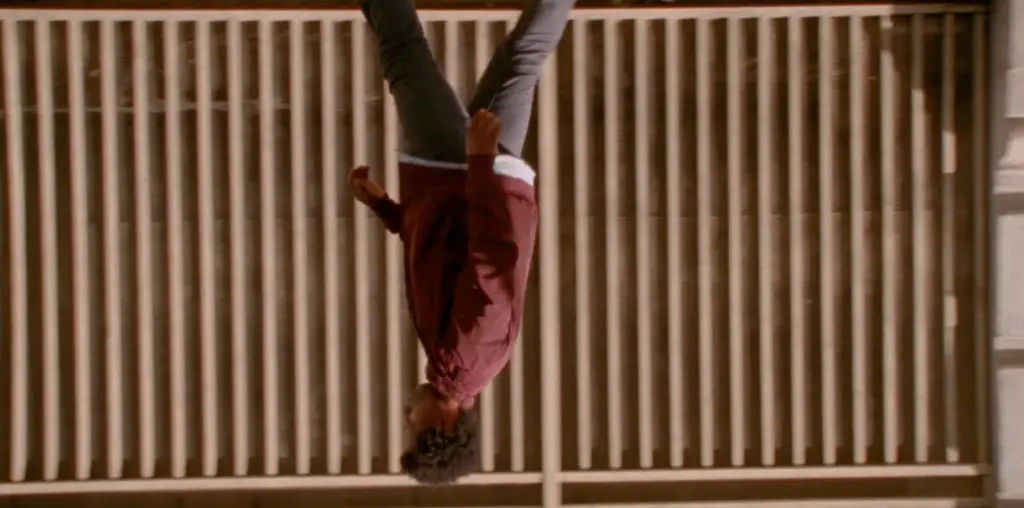
In 1973, Toshiya Fujita tried to combine politics (specifically the loaded topic of westernization during the 19th century) with sword play in his classic film “Lady Snowblood” and later on with its sequel “Lady Snowblood 2: Love Song of Vengence.” While the action scenes in these films were gritty, intense and emotionally raw; the political content was interesting and original, though perhaps a bit dull and slightly repetitive (more so in the sequel).
In the new film “The Hidden Blade,” Japanese director Yoji Yamada attempts to combine the same to elements but has completely opposite results.
While hearing the name “The Hidden Blade” may raise a few sheathes among samurai film aficionados, many viewers will probably find themselves disappointed with the scarce amount of action scenes. But the film is surprisingly invested with intelligent political content (the pros and cons of western and traditional technology/culture), good acting, and strong character development.
The film, which is set in mid 19th century Japan, focuses on Munzeo Katagiri (played by Masatoshi Nagase), a samurai who feels torn between a traditional culture with a cruel caste system that separates him from his love interest, a maid who was born in a lower caste (Takako Matsu), and an alien Western ethos that carries with it an intimidating new language as well as long range fighting tactics that clash with the way he was trained to do battle as a samurai (where nothing but a few feet of steel and air separate opponents).
Give the film credit for crossing blades with action and politics, although it seems to spend too much energy trying to express the ideological tension through swordplay practice and one climactic sword fight. What results are tensions without full explanations and confusion in passionate fight scenes and character arguments. This is most evident with the character Yaichirio Hazama (played by Yukiyoshi Ozawa). Hazama is briefly seen in the beginning of the film, bidding adieu to his fellow samurais Katagiri and Samon Shimada before he goes on a boat to Edo, where he’s been assigned. In the end of the film, word gets back that he somehow went from being a loyal samurai to a radical rebel, whereupon Katagiri is forced by a corrupt samurai clan leader to assassinate him. During the swordfight, the viewer has to try to piece together the hurried plot exposition in the last several minutes of the film in order to understand the tension between the two characters. This takes away from the passion of the scene.
With all of its faults, there are a few things to be said for the film. Aside from the political content of the film, the action scenes are quite unique. While many fans may not like the lack of gore or glamorous stunts, others will probably find the gritty and slow-paced nature of the fight scenes refreshing since they’re so realistic. Furthermore, the film wisely addresses westernization with a more ambiguous perspective versus a strictly negative one.
Samurai film fans looking for gushing arteries, sliced limbs and newly hollowed eye sockets will most likely be disappointed with “The Hidden Blade.” But for those seeking to be intellectually engaged rather than visually entertained, this is a pleasantly surprise.
